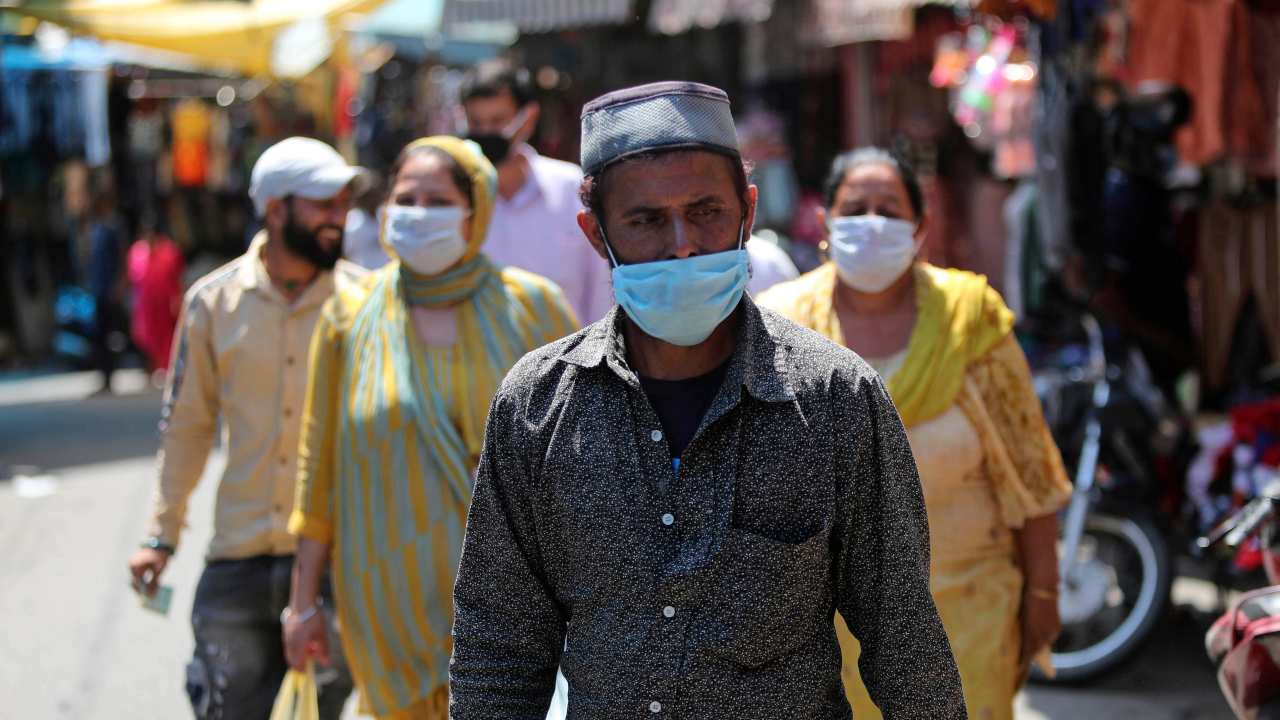Experts in the hundred have urged the World Health Organization to review mounting evidence that the coronavirus can be transmitted through the air in indoor spaces. An expert committee is now pouring over this evidence, and plans to release an updated list of recommendations in a few days, as per a recent WHO news briefing. According to Dr Benedetta Allegranzi, head of WHO’s committee on infection prevention and control, the possibility of airborne transmission in “crowded, closed, poorly ventilated settings, cannot be ruled out.”
Coronavirus transmission via aerosols
WHO, the leading health authority issuing guidelines to contain the pandemic, has acknowledged these larger respiratory droplets quickly fall to the floor from very early on in the pandemic. That said, there has been little support from them to research that the virus is also carried by lighter particles in the air, called aerosols, which stay suspended for much longer periods of time. Aerosols are known to travel farther than droplets, and linger far longer in an area after the infected person has left a room. [caption id=“attachment_8469451” align=“alignnone” width=“1280”] Scientists want you to know coughing alone isn’t a telltale symptom or indicator of a COVID-19 infection. Image: Pixabay[/caption] The letter quotes multiple studies, which “demonstrated beyond any reasonable doubt” that viruses released in microdroplets when an infected person exhales, speaks, or coughs, are small enough to stay airborne and not fall to the ground in minutes. These microdroplets, researchers said, “pose a risk of exposure at distances beyond 1 to 2 m from an infected individual.”
Mounting evidence of airborne transmission
A
study carried out by the US National Institutes of Health concluded that the coronavirus can linger in the air for up to four hours in aerosol form. The SARS-CoV-2 virus was also found in samples of aerosols collected from two Wuhan hospitals, according to a
Nature study in April. Alarming reports of unexpected superspreading events were included in the body of evidence. For instance, after choir practice involving over 60 people in Washington, one infected individual is thought to have infected 52 of his peers in the span of a 2.5-hour practice session where physical distancing was maintained by the majority. [caption id=“attachment_8572851” align=“alignnone” width=“1280”] Many parts of India are still under varying degrees of lockdown and control. But the onslaught of COVID-19 and the subsequent lockdown has acutely affected labour market in India. Image: AP/Channi Anand[/caption]
What the finding implies for daily living
If a virus is airborne, it can be carried through the air in its viable form. In the case of many other infectious viruses, this is a yes or no scenario. For instance, the human immunodeficiency virus (HIV) is too sensitive to survive outside the body, and is not airborne. Measles morbillivirus, which causes measles, is airborne, and dangerously so – it can survive in the air for up to
two hours. For the coronavirus, the definition has been an evolving one. Experts agree that the virus does not travel long distances or remain viable outdoors. But evidence suggests it can travel from end to end of a room. In one set of experimental conditions, it was found
viable for three hours in the environment. [caption id=“attachment_8466651” align=“alignnone” width=“1280”] Dr. Maria Van Kerkhove, the technical lead of the World Health Organization’s coronavirus response, speaks at a news conference in Geneva on March 16, 2020. Van Kerkhove’s statement of June 8 downplaying the risks of asymptomatic transmission provoked an immediate backlash from scientists, and a day later, a clarification from the WHO. Image: Christopher Black/WHO[/caption] While the news may not come as much of a surprise, the current guidelines being followed to curb the spread of the SARS-CoV-2 virus are based on the notion that COVID-19 is transmitted via droplets expelled from an infected person’s nose and mouth. If the mounting evidence of “transmission by aerosols” is validated by WHO’s researchers, the consequences for containing the pandemic will be significant. “Masks may be needed indoors, even in socially distant settings. Health care workers may need N95 masks that filter out even the smallest respiratory droplets as they care for coronavirus patients,” according to an
open letter from 239 researchers across 32 countries to WHO. Scientists have listed a few recommendations in the event that WHO validated the evidence of airborne SARS-CoV-2. Overcrowding, particularly on public transportation and in other confined spaces, should be avoided, they said. This includes public buildings, businesses, schools, hospitals and care homes, which should supply clean air and minimize recirculating air. The scientists have urged that public spaces consider adding suitable air filters and virus-killing ultraviolet lights for good measure.


)
)
)
)
)
)
)
)
)



